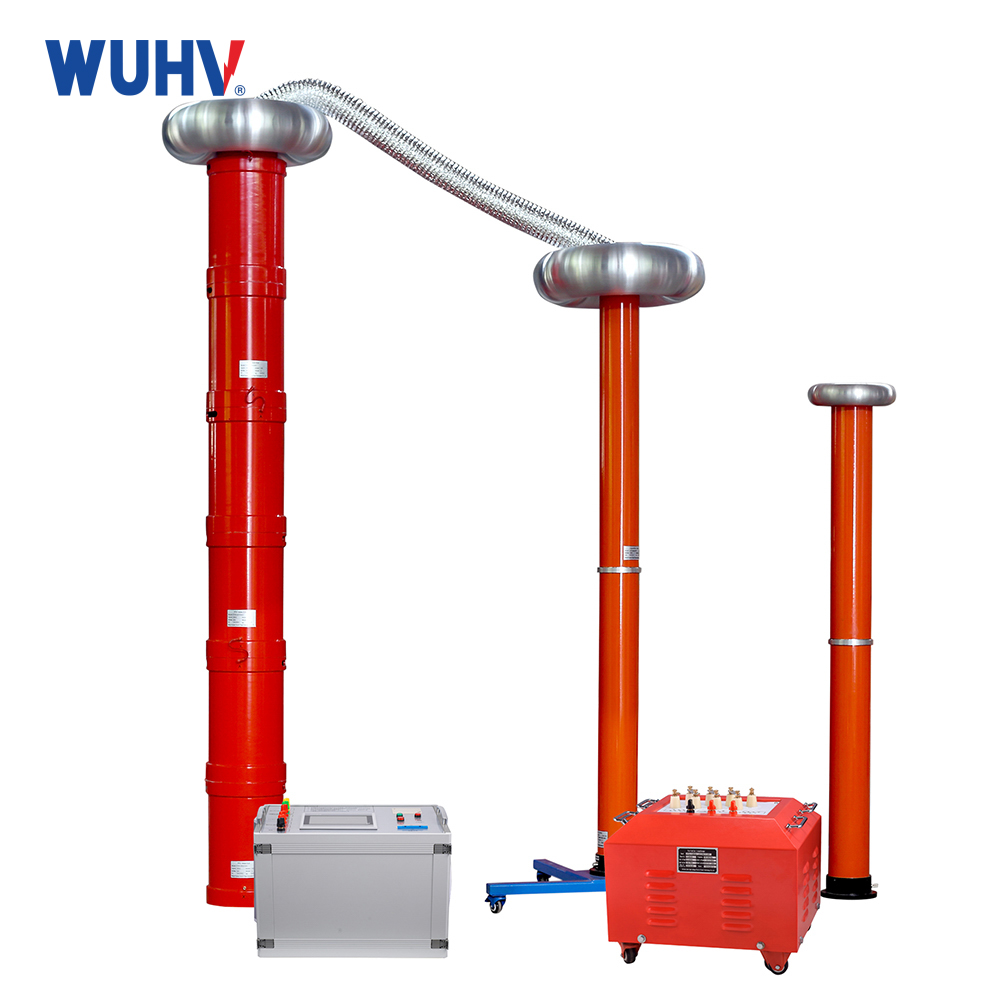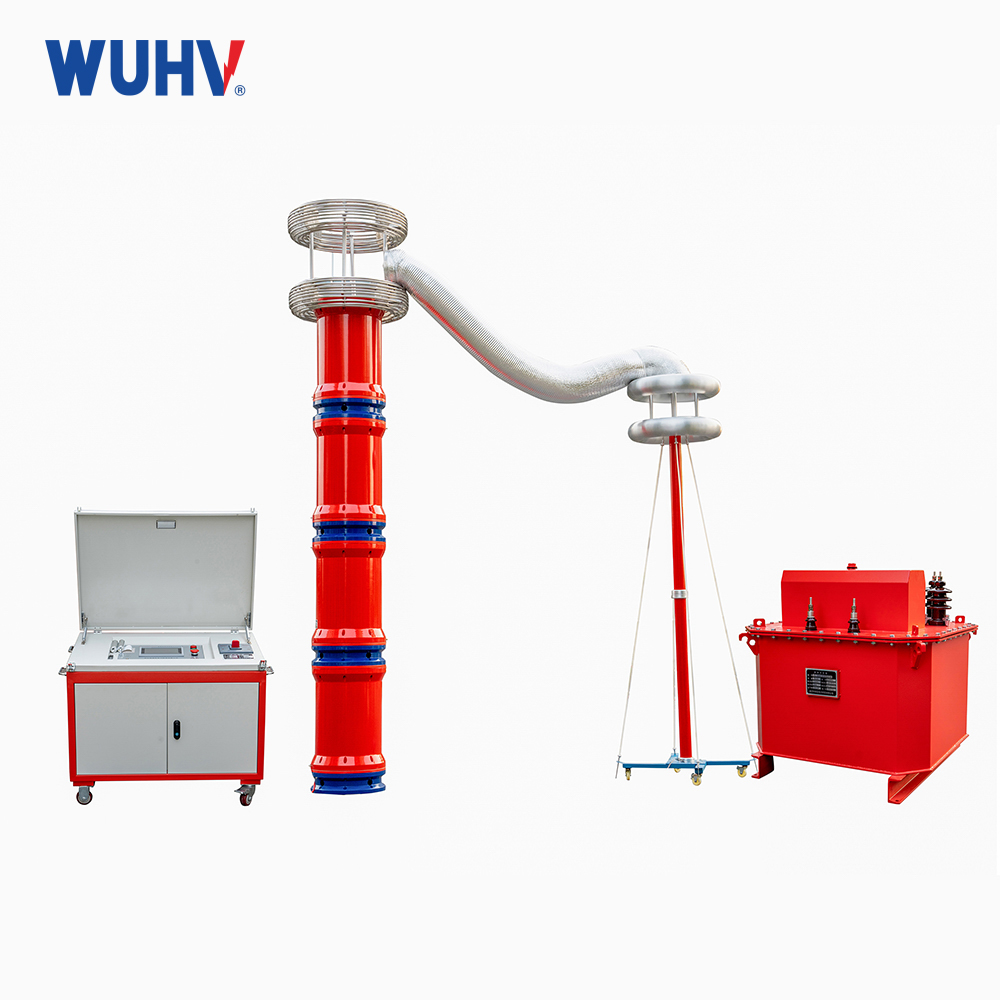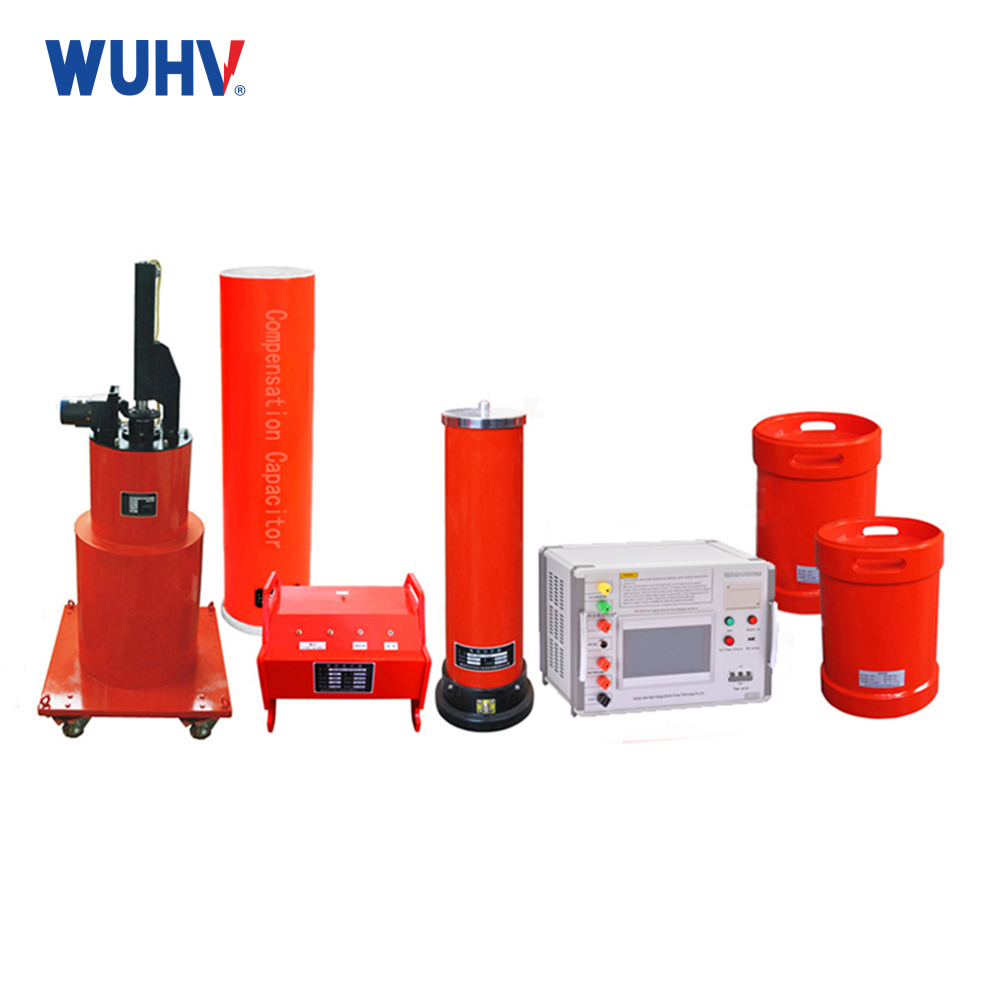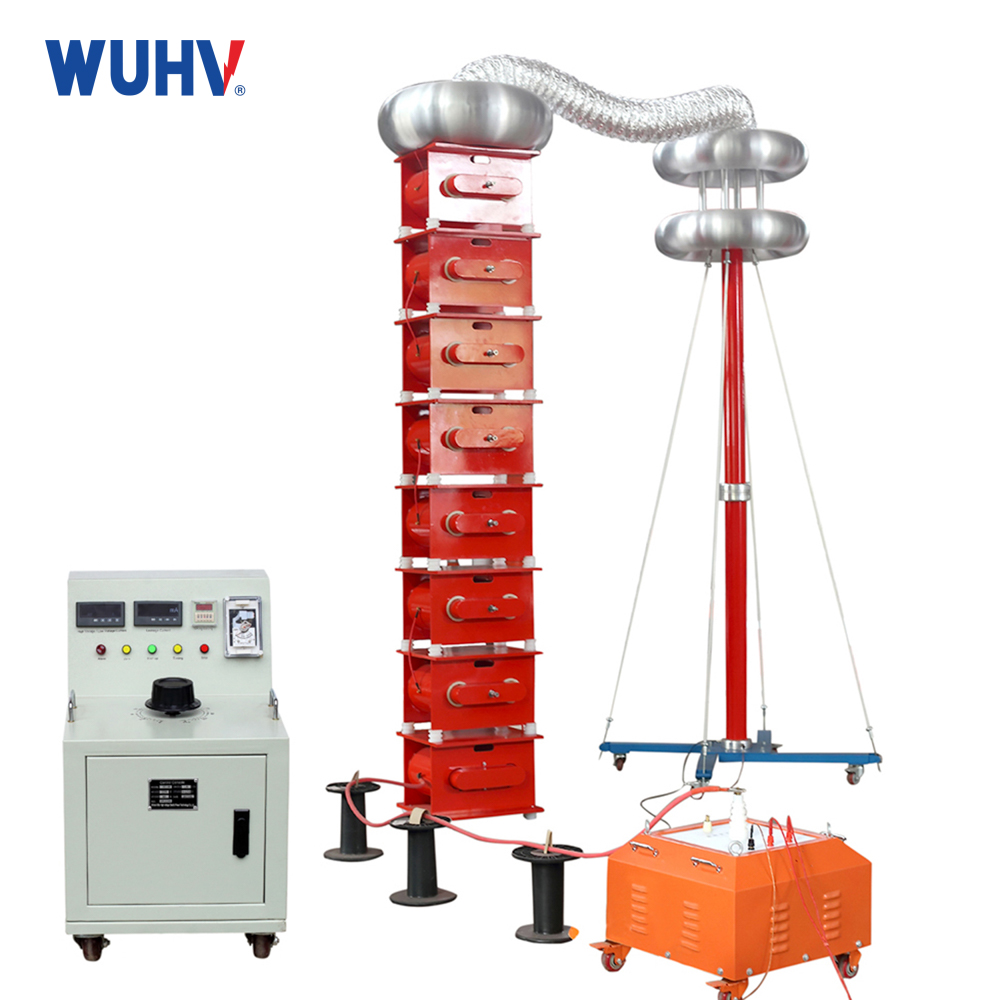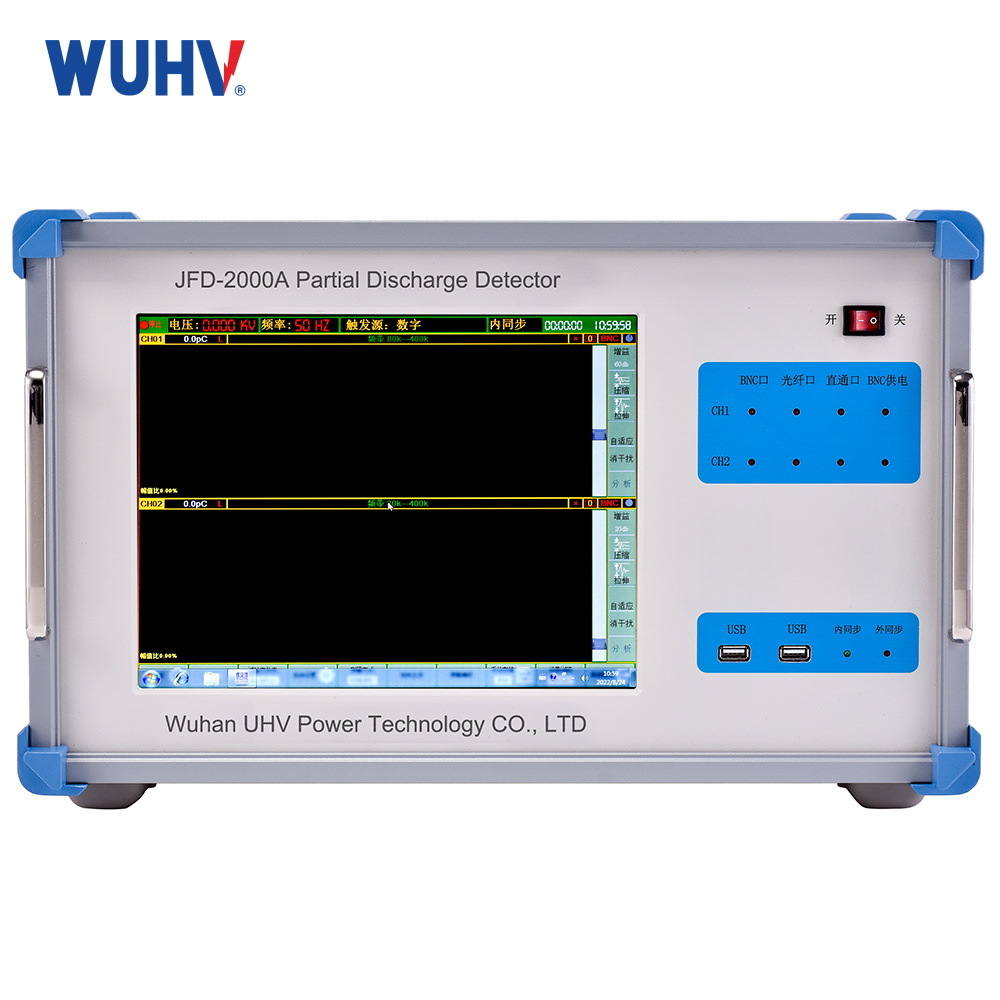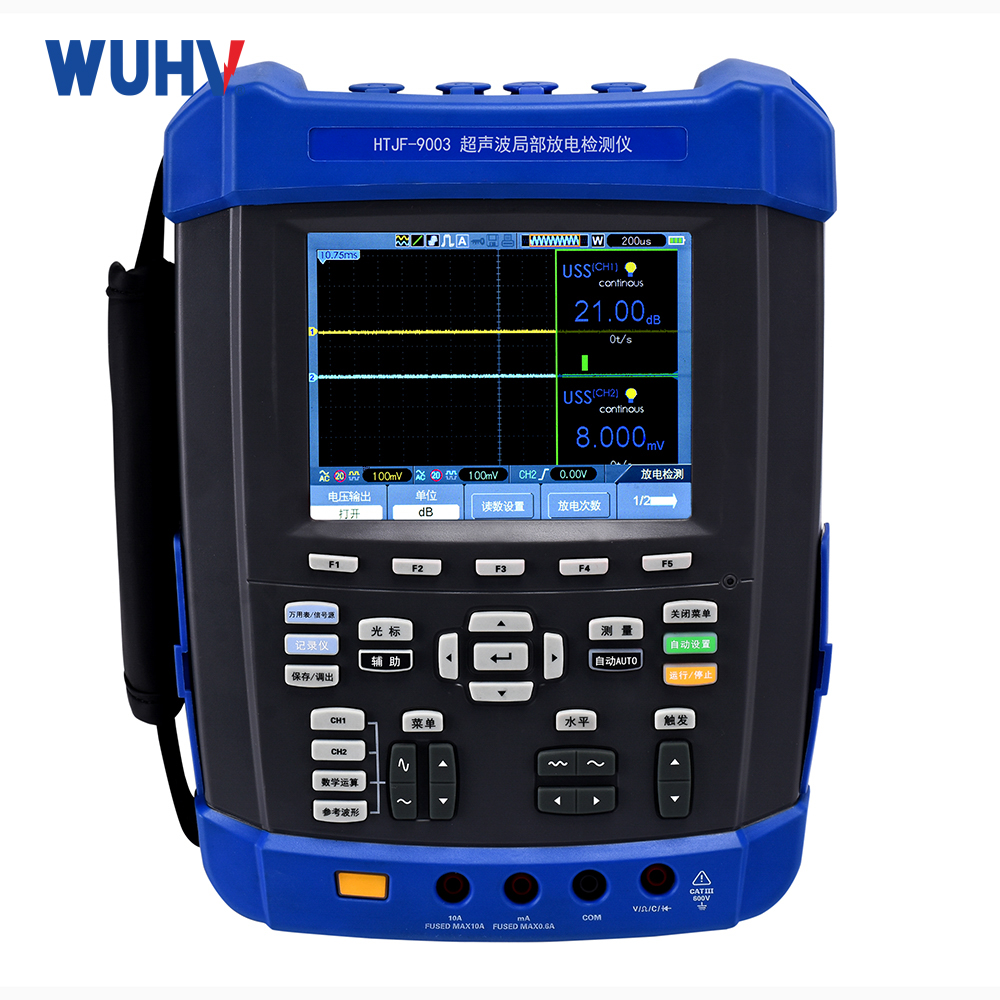The trace moisture analyzer under UHV power can help many power workers conduct various power tests more conveniently.
How would you determine the amount of water in a sample containing trace amounts of water? The method used is Karl Fischer (KF) moisture analysis. The Karl Fischer method uses Karl Fischer reagent to determine the moisture content of a sample, which is a popular method because it allows you to determine the moisture content of a drug in a very fast, accurate, and specific way, and requires a very small sample size for analysis.
What is Karl Fischer reagent?
The reagent consists of a solvent alcohol (ROH), a known concentration of iodine (I2), a base (RN), and sulfur dioxide (SO2).
Reaction principle
The intrinsic reaction of iodine and sulfur dioxide in water systems is based on the Karl Fischer reagent reaction.
12+SO2+2H20=>2HI+H2SO
The above reaction was adjusted by Fischer and used to determine the moisture content of substances in non-aqueous systems.
When you titrate KF reagent in a titration cup, the following reaction occurs:
The first reaction is the formation of intermediate sulfite esters between iodine and sulfur dioxide in the presence of a neutralizing base. The commonly used base for Karl Fischer titration is pyridine, and primary amines such as imidazole can also be used.
ROH+SO 2+RN=>[RNH]SO3R
Then the alkyl sulfite is oxidized by iodine to alkyl sulfate, which consumes the water used for water content determination.
[RNHJSO3R+H20+I2+2RN=>2IRNHJI+[RNH]SOAR
Once all the water is used up, you can determine the endpoint of the reaction by detecting the presence of excess iodine using the constant current polarization voltage method, which detects sharp voltage drops near the endpoint.
program
You can use Karl Fischer reagent in volumetric titration and coulometric titration.
In volumetric titration, you use KF solution containing dissolved iodine as the titrant until a trace excess of iodine is detected at the endpoint. You can determine the amount of water by measuring the iodine required to react with the water content in the sample (read from the burette volume of Karl Fischer solution). You can use this method to determine the moisture content of the sample within the range of 100ppm to 100%.
In the Coulomb method, you add the sample to an electrolytic solution composed of iodide ions and other KF reagents. Then, observe the iodine produced by the electrolytic oxidation of iodine ions during titration. The iodine produced in this reaction is directly proportional to the amount of electricity required for the oxidation and conversion of iodine ions to iodine until the endpoint (with trace amounts of iodine present). This method can determine the water content of the sample within the range of 1ppm to 5%.
Limitations and precautions:
You should not use KF reagents on samples containing redox active ingredients (such as dimethyl), as these ingredients may react with the reagents and give incorrect results. In addition, you must carefully dry the titration cup before use.
The Karl Fischer reagent method is a highly selective and reliable method that can determine the moisture content of substances even in trace amounts.



